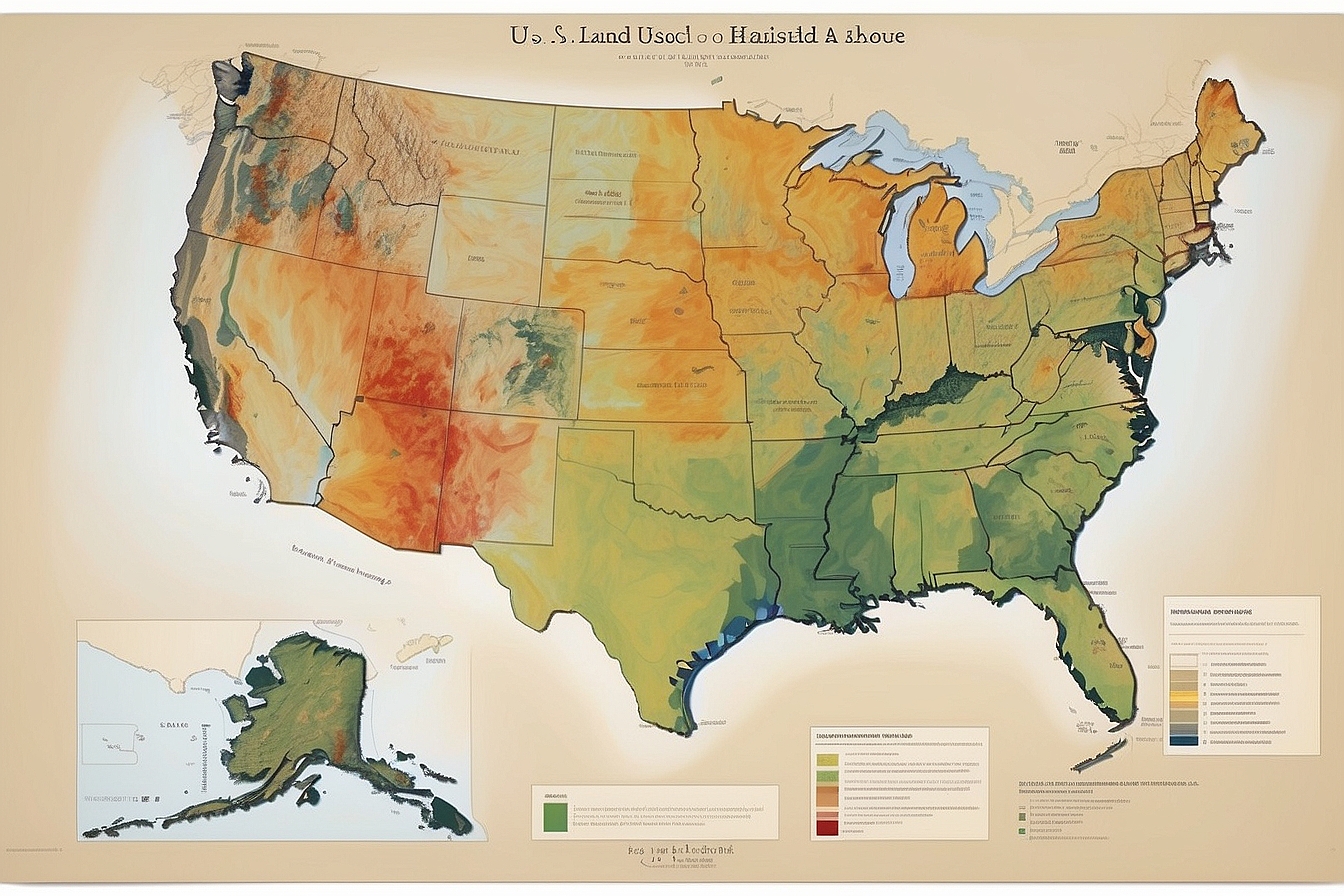We’re all in the same boat, as house prices reach for the sky and the quest for space becomes ever more like a game of sardines. You’re not alone in feeling that squeeze – indeed, research has laid bare a stark reality: available urban land for housing has shrunk by a staggering 59% over the past twenty years.
But there’s hope on the horizon, as we share insightful strategies to tackle these convoluted challenges head-on. So pull up a chair – together we can demystify the intricate dance of land use and affordable habitation.
Let’s dive into this labyrinthine issue with gusto!
Key Takeaways
- Urban land for housing has plummeted by 59% in the last two decades, making it harder to find space for new homes.
- Soaring land and construction costs are pushing affordable housing out of reach, especially affecting low-income families.
- Government tax policies and incentives have a huge impact on real estate development that can help or hurt the creation of affordable housing.
- Developing countries need innovative strategies to combat their unique challenges in providing affordable homes during rapid urbanisation and climate change effects.
- Effective land use planning in cities is vital to balance residential needs with environmental conservation, aiming to build communities that are both sustainable and accessible.
The Dilemma of Affordable Housing
Addressing the dilemma of affordable housing is crucial due to rising land and construction costs, as well as challenges in managing land use. The increasing demand for affordable housing in urban areas further exacerbates the issue.
Rising land and construction costs
We face a significant challenge as land and construction expenses soar, making the goal of affordable housing seem increasingly out of reach. As developers demand higher prices for plots, the cost to build new homes naturally rises too.
This trend hits low-income households hardest, who already struggle to afford decent accommodation.
Constructing greener buildings also amplifies costs due to sustainable materials often commanding premium prices. However, we must balance our commitment to environmental conservation with the urgent need for housing solutions that don’t exacerbate financial pressures on those least able to bear them.
Every step towards energy-efficient homes should be measured carefully against its impact on overall affordability in the housing market.
Challenges in managing land use
Managing land use presents a range of complex challenges, especially amidst rising land and construction costs. Balancing the need for urban development with environmental preservation requires careful planning and oversight.
Additionally, addressing the increasing demand for housing while safeguarding natural resources poses a significant challenge. Striking a balance between sustainable development, population growth, and conservation efforts is crucial to ensuring that land is used efficiently and responsibly.
Developing nations face unique hurdles when it comes to managing land use, particularly in urban areas. Rapid urbanisation exacerbates the strain on available land and infrastructure while also heightening the risk of climate-driven disasters.
The Real Estate Development Dilemma
The impact of taxes and incentives on real estate development can either promote or hinder affordable housing. Developing nations face unique challenges in addressing land development and housing for low-income households, requiring innovative solutions to navigate these dilemmas.
Additionally, urban areas must consider effective land use planning to prevent gentrification and fluctuations in the housing market.
Impact of taxes and incentives
Taxes and incentives profoundly influence land and housing development. Government tax policies can either stimulate or hinder real estate growth, impacting the availability of affordable housing in urban areas.
Incentives such as tax breaks for eco-friendly developments promote sustainable property projects, aligning with conservation efforts to mitigate climate change impacts on low-income households.
The impact of taxes is significant on property development and land use management, affecting zoning regulations and gentrification trends. In addition to this, government incentives play a crucial role in encouraging developers to consider eco-friendly practices amid climate-driven disasters, thus supporting environmentally conscious individuals’ objectives while addressing the dilemma of land and housing development.
Addressing housing and land development in developing nations
Developing nations face the critical challenge of providing affordable housing for low-income households amidst climate-driven disasters and housing market fluctuations. Implementing sustainable land use planning strategies is crucial to tackle the dilemma of land and housing development in these regions.
By integrating environmentally friendly construction practices, promoting mixed-use zoning, and enhancing public transportation infrastructure, we can foster inclusive urban growth while conserving natural resources.
Additionally, policymakers could introduce tax incentives to encourage real estate developers to invest in low-income housing projects. This would help address the shortage of affordable homes in developing nations, ensuring that all citizens have access to safe and secure living spaces.
Embracing collaborative efforts among stakeholders will be vital in advancing sustainable solutions that cater to the unique needs of each community. Investing in resilient land development will nurture thriving urban environments while safeguarding our planet’s future.
Land use planning and housing in urban areas
In urban areas, land use planning is crucial for ensuring sustainable development and addressing the housing needs of low-income households. By optimising the allocation of land for residential, commercial, and green spaces, we can create vibrant communities while preserving natural resources.
Additionally, introducing policies that encourage mixed-use developments and high-density housing can maximise land usage efficiently. These strategies not only promote affordable housing options but also reduce urban sprawl and its associated environmental impact.
Developing nations often face unique challenges in managing land use and housing in urban areas due to rapid population growth and limited resources. However, by integrating innovative approaches such as transit-oriented development and compact city designs, cities can accommodate growing populations without sacrificing valuable open spaces or increasing carbon emissions from long commutes.
Conclusion
In conclusion, managing land and housing development poses significant challenges. Rising costs and tax impacts complicate the construction of affordable homes. Addressing these issues requires careful planning and innovative solutions.
Developing nations face particular struggles in providing low-income housing.
FAQs
1. What is the dilemma faced in land and housing development?
The main issue is balancing the need to build low-income housing for people who need it, while also protecting land from climate-driven disasters that can cause damage.
2. Why is it important to focus on low-income housing development?
Developing housing for low-income households ensures everyone has access to a safe and affordable home, which is vital for community well-being and social stability.
3. How do climate-driven disasters affect land development?
Climate-driven disasters like floods or wildfires can destroy homes and make land unsafe or unsuitable for future building, complicating where we can develop new areas for living.
4. Can we provide enough houses for low-income families without harming our environment?
Finding solutions needs careful planning so that more houses are available for those in need without further contributing to environmental challenges linked with construction on sensitive lands.





